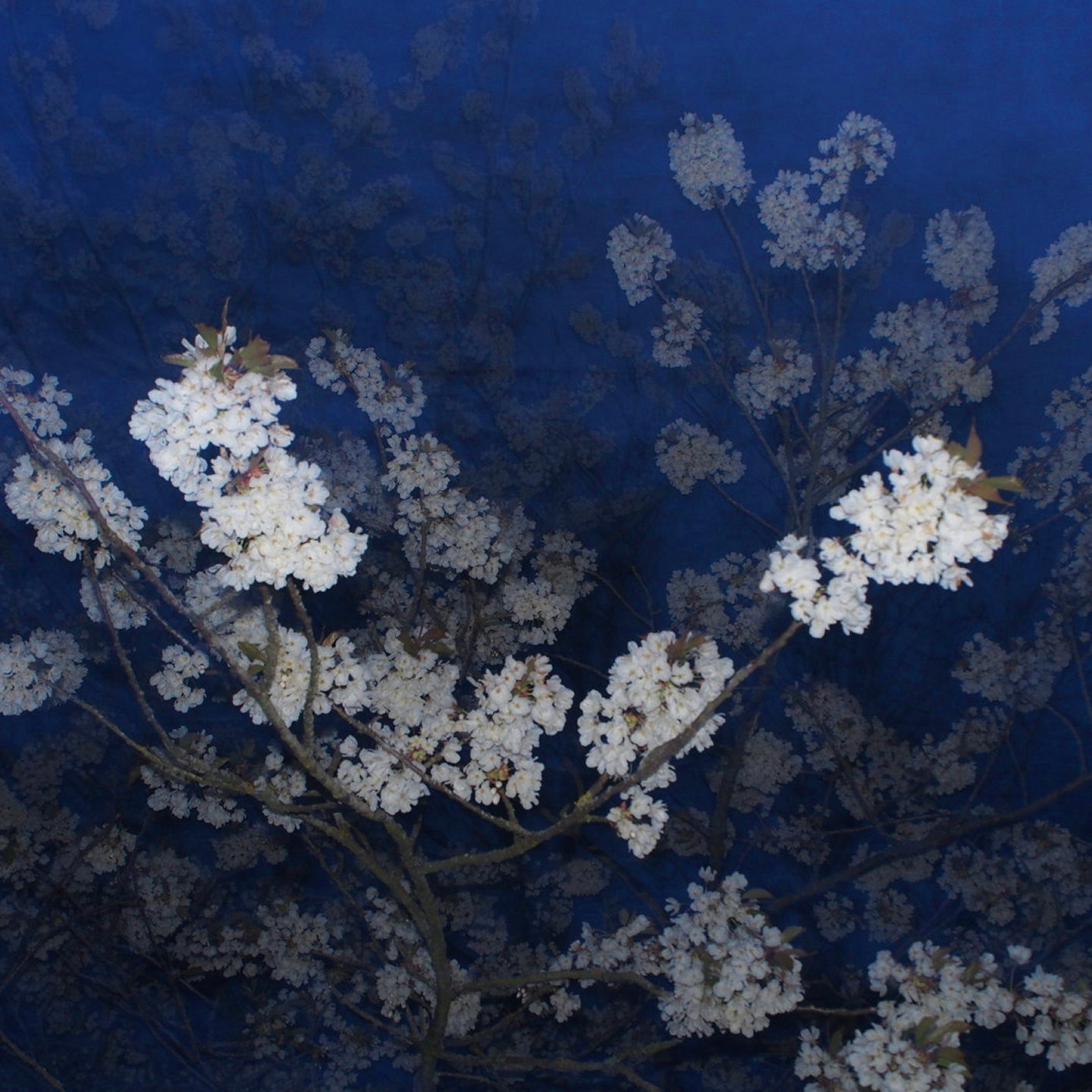1/2 Parts, written by Amy Crawford (MGS Funded Museum Engagement Officer and Pete McConville, Museum Volunteer)
When Pete and I first met we discovered a mutual love of photography.
I suggested that he use our University of Dundee Museum collections to practise his digital photography skills. We have a large collection which is currently being photographed and uploaded to our database which you can search online. Pete has been helping us out, taking high quality photographs with his digital camera. We talked about how we both came into photography, and how we both use it as differing artistic mediums.
I asked Pete how he got into photography in the first place:
“I got into film photography at about age 12 but I couldn’t really afford to keep it up. As other interests came along the photography fell by the wayside.
Then about 5 years ago, I was working in Aberdeen city centre. To pass my lunch breaks I started taking pictures with my phone. I found it a great form of escapism and it really helped me discover ways to appreciate the somewhat alienating environment I found myself in. I became obsessed with looking for patterns and reflections, making quite abstract images from them. Though at this point I really was still just dabbling.
Under the first Coronavirus lockdown as happened to so many people, my whole world changed. Being furloughed then made redundant, I relocated back to the rural Carse of Gowrie where I had grown up, determined to change career. I was out of work for 13 months and this is when I started to really take photography seriously. Being gifted an old digital camera I became really serious, going out every day in the fields and woods. It helped to give focus to my time, being determined to get the hang of the basics. I was quickly drawn back to working with analogue film too. Maybe something about having returned to the same farmland I had used a film camera in years before.”
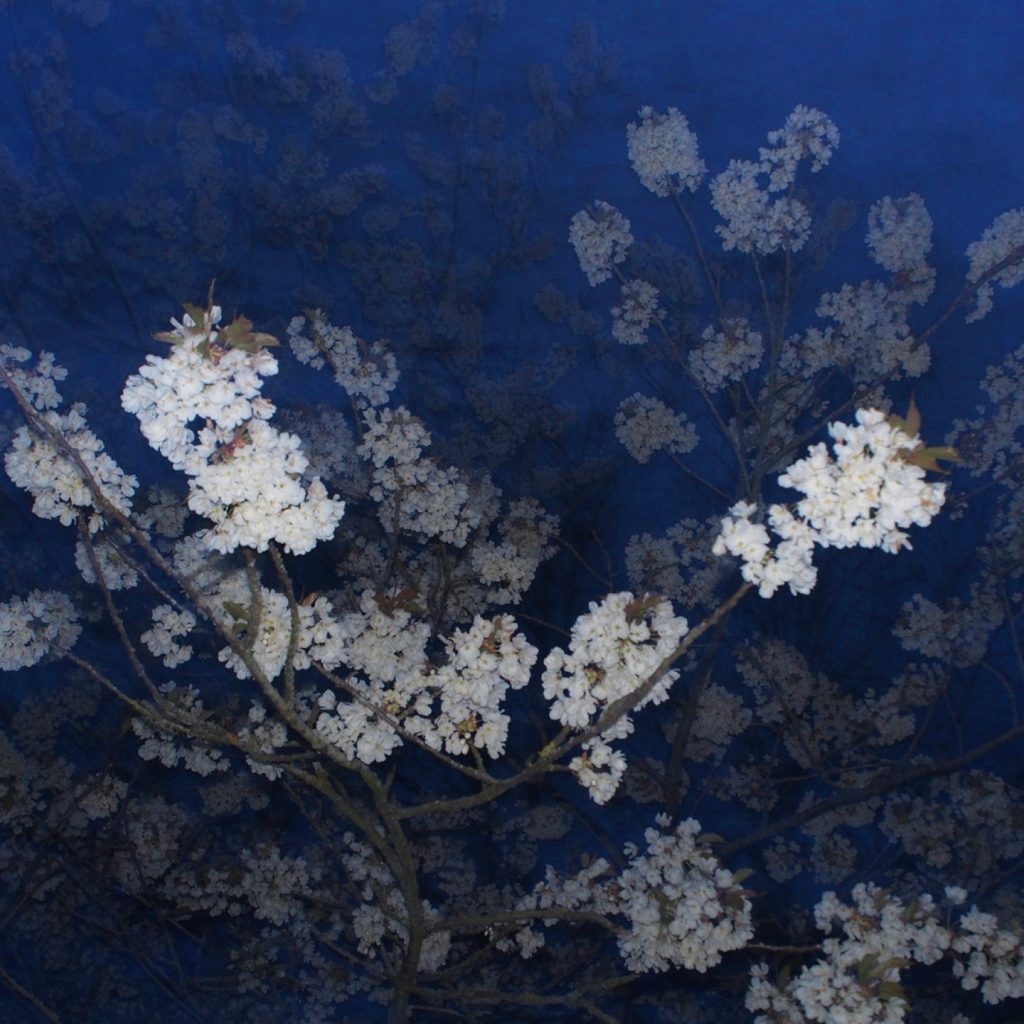
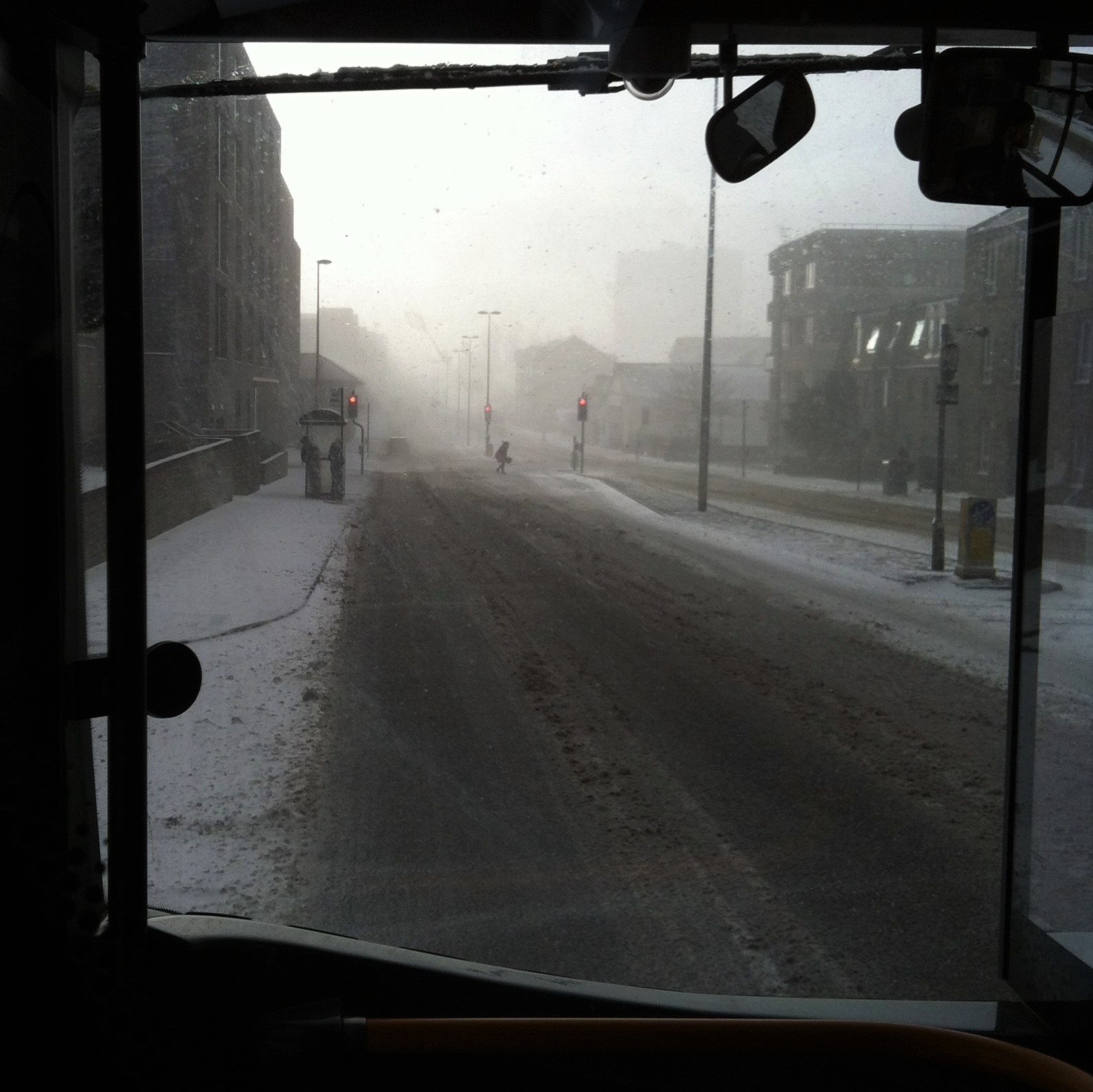
I wondered what inspired him – what are his favourite subjects to photograph?
“My approach to subject choice is very scatter-gun. Anything goes really as I’m always learning. I have been getting interested in natural light portraiture. My family and friends are very tolerant of acting as models for me as I try to gain some skills. I always try to shoot on the model’s terms, finding out how they are comfortable being portrayed. It is their face, body and personality after all, I just hope to bring out some nuances and capture them on film.”
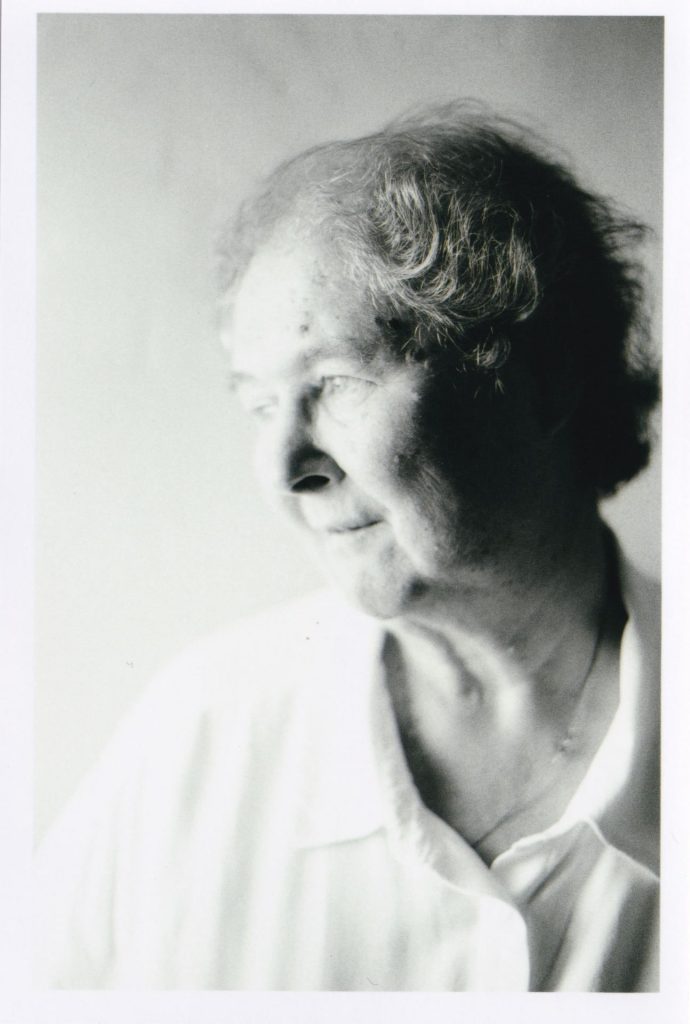
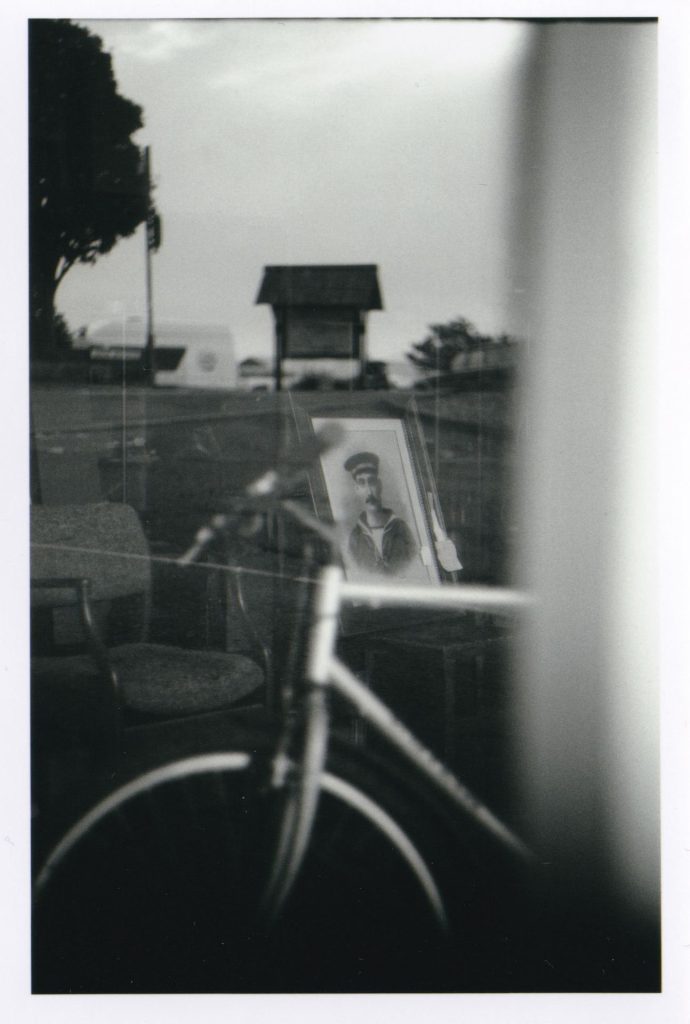
I love the way that light plays in Pete’s photography. He even somehow manages to make his digital photographs have a ghost-like quality that comes with film photography. They have almost a dream-like state to them. When I was experimenting with photography, I too wanted to capture that essence. I used a mixture of photography and film digitally edited to create movement that captures a moment in time and experimented with shadows and layering of digital images for my still photography.

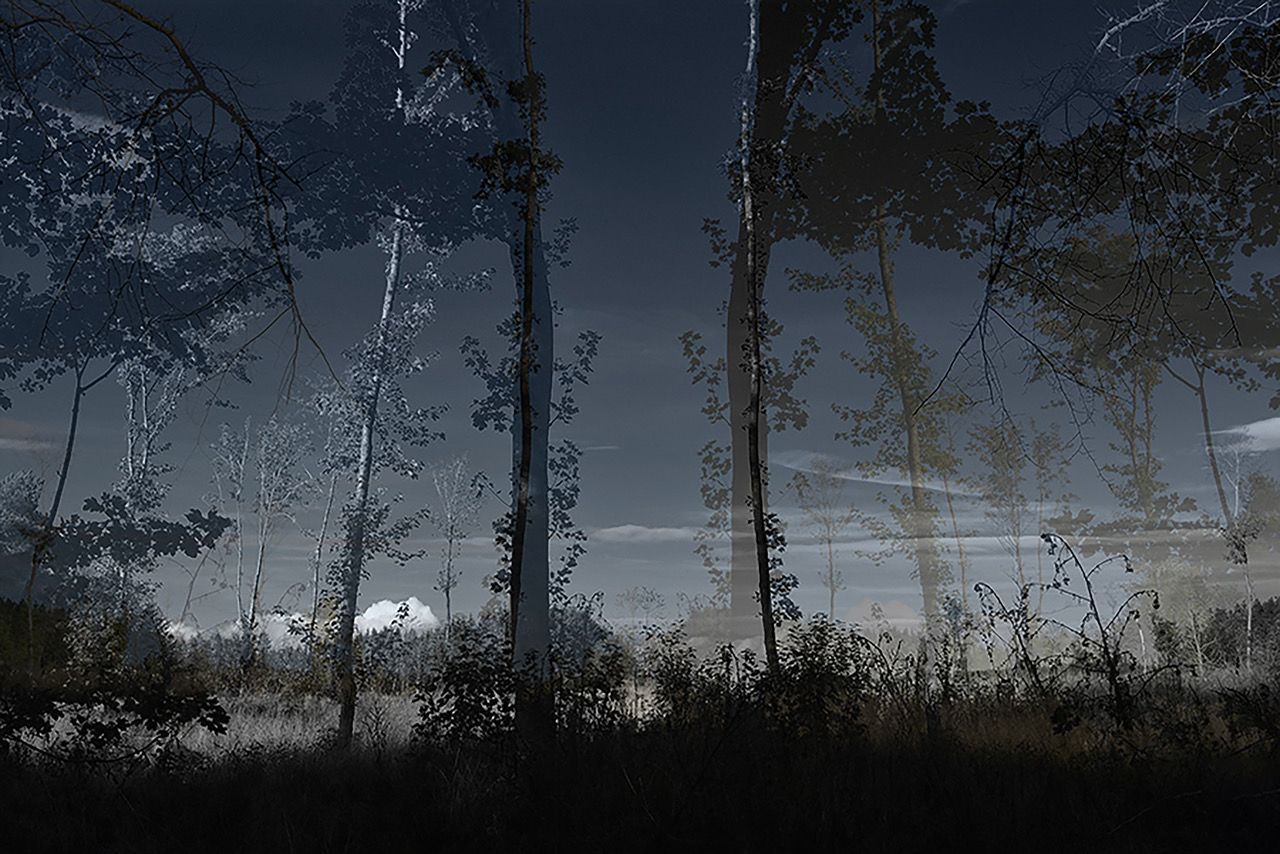
I asked Pete whether or not he had a preference from film or digital photography, and how the two were linked:
“I use both digital and film in equal measure these days as both have their strengths. Digital allows constant experimentation and the trying out new techniques with nothing to lose if you miss the mark.
I use film predominantly for black and white photography, something about how the different film emulsions dictate the look of a picture really appeals to me. Modern technology is such an exciting and defining part of our lives, however I find something very satisfying in using a piece of equipment with no electrical parts required to fulfil its function. In a really strange way, it makes me feel kind of safe, I can look at this machine and understand what is happening inside it.
Part of the draw has to be the forced slowing down it brings, the focusing of intent that the medium insists we have. Each shot seems that bit more valuable too (well, it does cost money) but more than that; there is no quick looking at a screen to see how a picture turned out, it will probably be a few weeks until you know how a picture actually looks.”
We had a discussion about our museum collection of vintage cameras, and Pete was really keen to try and get them working again. Join us in the next blog post where we discover how to work the vintage cameras in our museum collections and (hopefully) share some photography from them!
You can view Pete’s photography work on his Instagram account.

